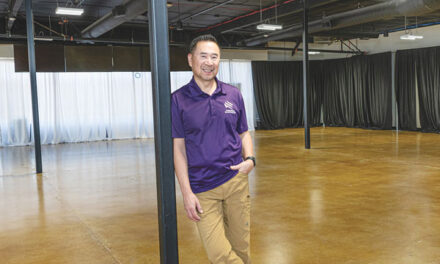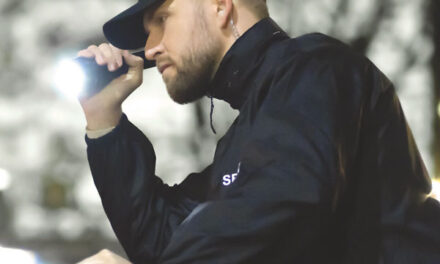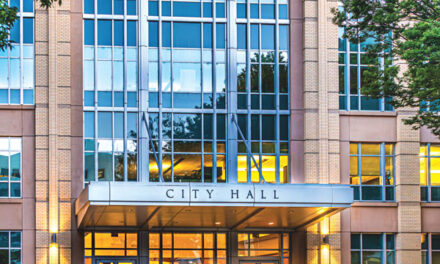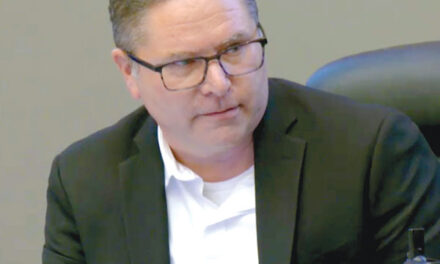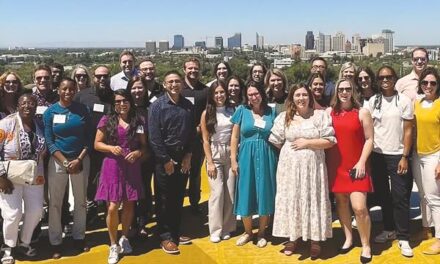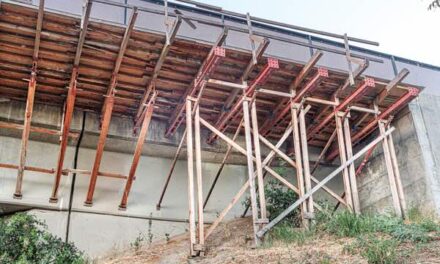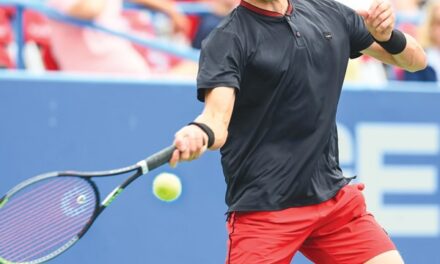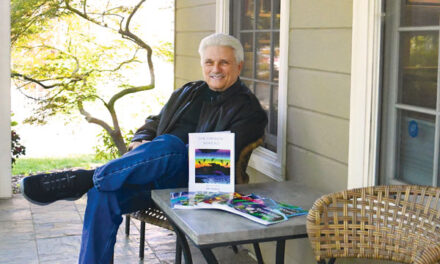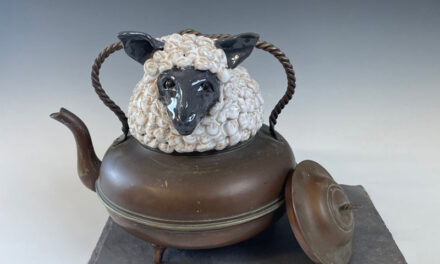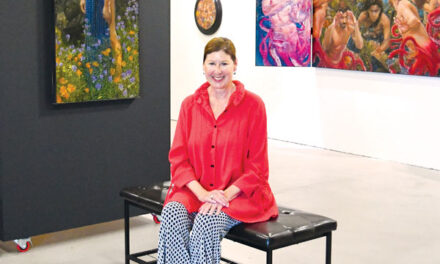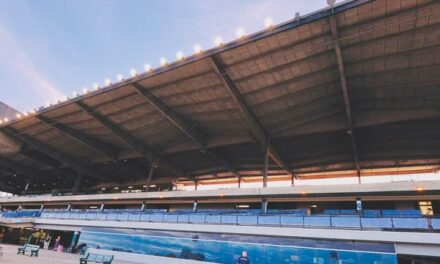Century of Aces
How Sutter Lawn tennis survived 100 years
By R.E. Graswich
September 2019
Sutter Lawn Tennis Club celebrates its 100th birthday in September, which prompts one Grand Slam question: How did the little East Sacramento jewel manage to last a century?
A tempting story would tell how Sutter Lawn’s guardians intuitively aced the future and moved with the times at 39th and N streets. They adapted to changing tastes, acquired nearby properties and relentlessly expanded to become the city’s dominant sports facility.
But none of that would be true.
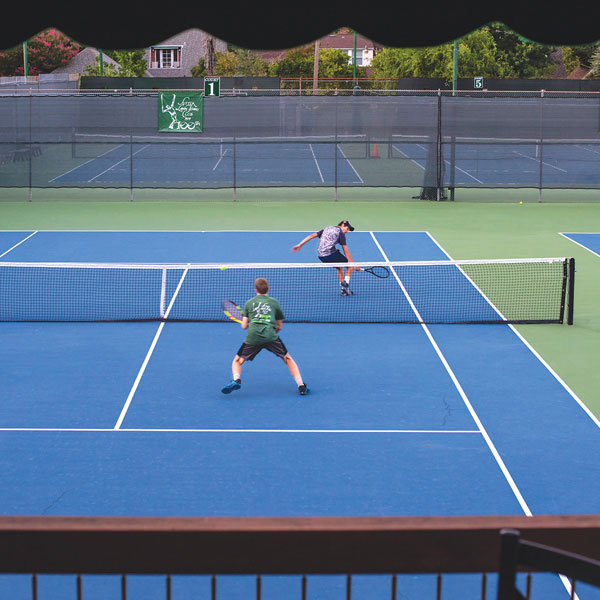
Here’s what really happened to Sutter Lawn after its birth in 1919: Things pretty much stayed the same.
For decades, nothing happened at 39th and N, other than tennis and swimming and community fellowship. And therein lies the secret of Sutter Lawn’s enduring appeal and remarkable instinct for survival.
“If you walked up here 100 years ago and looked at the place, it wouldn’t look too much different than it does today,” says Joe Riehl, former Sutter Lawn president and 100th anniversary committee chair. “My guess is if we could come back in 100 years, it will still look the same.”
The clubhouse was expanded around World War II, adding an upstairs bar, but no one remembers exactly when. A tennis court was torn out and replaced by a swimming pool in 1951. The pool was expanded in 1957, attracting new members with young families. The pool saved Sutter Lawn from bankruptcy.
That’s about it.
“The club’s board of directors have a history of being very reluctant to spend money,” Riehl says. “Whenever there was an idea to do something, a group of directors would say, ‘You guys want to spend money like drunken sailors,’ and they would vote it down.”
Besides Sutter Lawn, there are only two other places in Sacramento—Hughes Stadium and Memorial Auditorium, both publicly owned—that reflect the city’s history through generational memories of sporting events.
Bjorn Borg, Stan Smith and Rosie Casals played in tournaments at Sutter Lawn. In 1971, U.S. Tennis Association Hard Court Championships were held at 39th and N. Among the competitors was Arthur Ashe.
For many Sutter Lawn members, Ashe’s appearance could have taken place last weekend. His photo is prominent on the clubhouse wall. They still talk about what happened.
Frustrated by a rare poorly played match, Ashe began to challenge a call by Sutter Lawn line umpire Grant Bennett. When Bennett stood his ground, Ashe merely nodded and said, “Good call.”
It was Sutter Lawn’s finest moment, an instant that captured the game’s premier level of courtesy, class and dignity.
Sutter Lawn was 52 years old when Ashe visited. For many tennis clubs, a half-century qualifies as elderly. Few survive for a 100th birthday. Riehl has been working to enroll the club in the exclusive Centenary Tennis Clubs association, which has only nine U.S. members.
“They want you to have to have at least eight courts, and we have five,” Riehl says. “But I think there’s room for an exception.”
Sacramento has bigger, newer and fancier tennis clubs. Rio Del Oro has 24 courts. Arden Hills has 12. But no local tennis club has the timeless atmosphere and relaxed ambiance of Sutter Lawn, which has never had pretentions. The club has about 225 members, monthly fees of $117 and a $2,500 initiation. It’s a Sacramento institution to the core.
“What we are is a neighborhood tennis and swim club,” Riehl says. “That’s what we were when I was a kid growing up here, and that’s what people love about Sutter Lawn today. We’ve never tried to be anything else.”
R.E. Graswich can be reached at regraswich@icloud.com. Find out more about Sutter Lawn at http://www.sutterlawn.com/. Follow us on Facebook, Twitter and Instagram: @insidesacramento.



